
François Hubert Drouais Jeanne Bécu, Comtesse du Barry Les arts
The King and Jean-Baptiste du Barry arranged a marriage between Beçu and Guillaume, upgrading her title to Countess du Barry. Jeanne Bécu, Comtesse du Barry by François-Hubert Drouais (1770.

Courtesans And Royal Mistresses Madame Du Barry New York City Art
Barry, Jeanne Bécu, otherwise known as Madame du: As Louis XVI's last mistress, she embodied the Ancien Régime when the Revolution started. After having escaped to England, she returned to France in 1793 in order to prevent the seizure of her castle in Louveciennes. Declared an anti-revolutionary, she was ultimately executed on December 8, 1793.

Madame du Barry Celebrity biography, zodiac sign and famous quotes
The story of Jeanne Bécu's life is a melodrama, relating the rise of an illegitimate child and prostitute to the position of mistress ( maîtresse en titre) to the most powerful king in Europe, her Indian summer life as a wealthy and titled lady after his death, and a terrible end on the guillotine during the French Revolution.

Jeanne Bécu, comtesse Du Barry . Private Collection. Artist Vigée Le
Madame du Barry French noblewoman by marriage, last mistress of Louis XV (from 1768 to 1774)/ From Wikipedia, the free encyclopedia Jeanne Bécu, Countess of Barry(19 August 1743 - 8 December 1793) was the last mistress of King Louis XV of France. She was one of the victims of the Reign of Terror. [1][2]
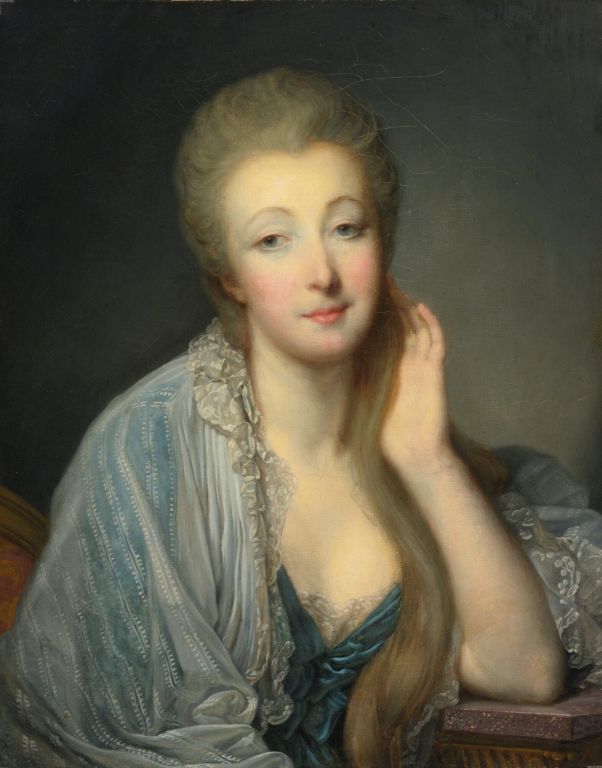
Madame du Barry Die letzte Mätresse des Ancien Régime augenauf.blog
Jeanne Bécu, countess du Barry (born August 19, 1743, Vaucouleurs, France—died December 8, 1793, Paris) last of the mistresses of the French king Louis XV (reigned 1715-74). Although she exercised little political influence at the French court, her unpopularity contributed to the decline of the prestige of the crown in the early 1770s.
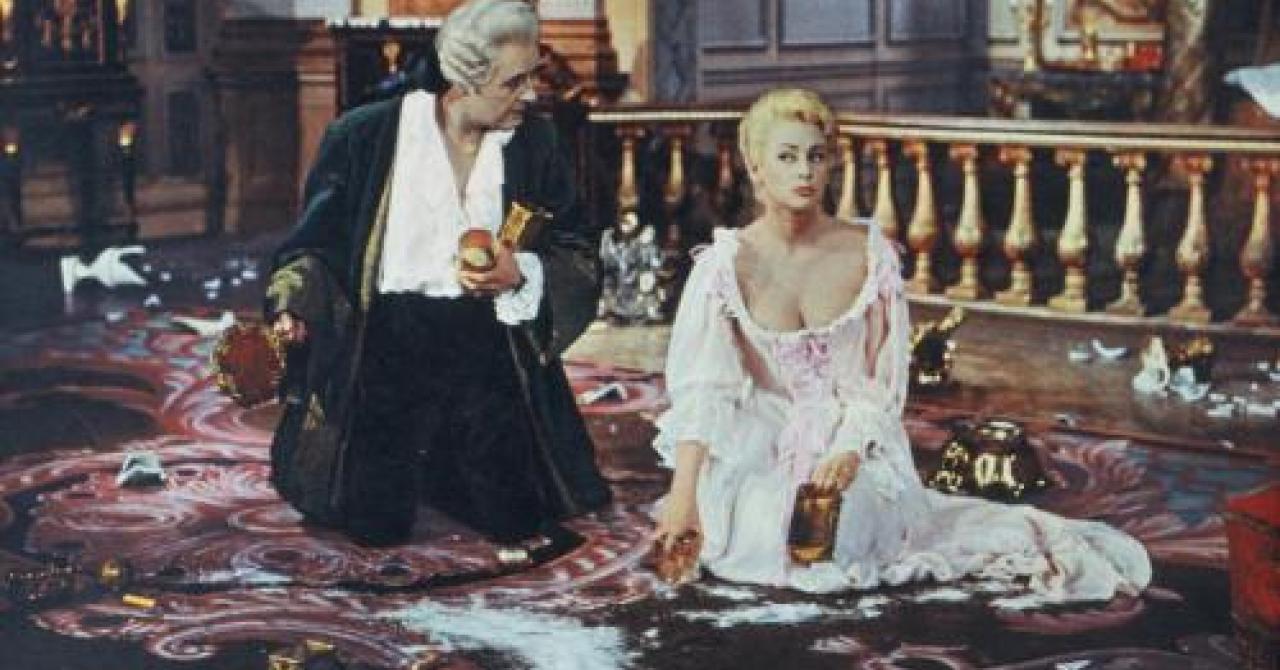
Madame Du Barry (1953), un film de ChristianJaque Premiere.fr news
Madame du Barry, the history of the last mistress of Versailles She is remembered as the last favourite of France, the one who became mistress of a no longer young Louis XV from 1768 to 1774 (the year of the king's death). Only six years but intense, fun, playful, just what Louis XV needed after the death of Queen Maria Leszczyńska.

Madame Du Barry (née MarieJeanne Bécu) (17431793) Louvre Collections
Madame du Barry; Countess of Barry: Madame du Barry, by Élisabeth Vigée Le Brun. Full name. Marie Jeanne Bécu. Born: 19 August 1743. Guillaume du Barry, Count of Barry: Issue. none. Father: Jean Baptiste Gormand: Mother: Anne Bécu: Jeanne Bécu, Countess of Barry (19 August 1743 - 8 December 1793) was the last mistress of.
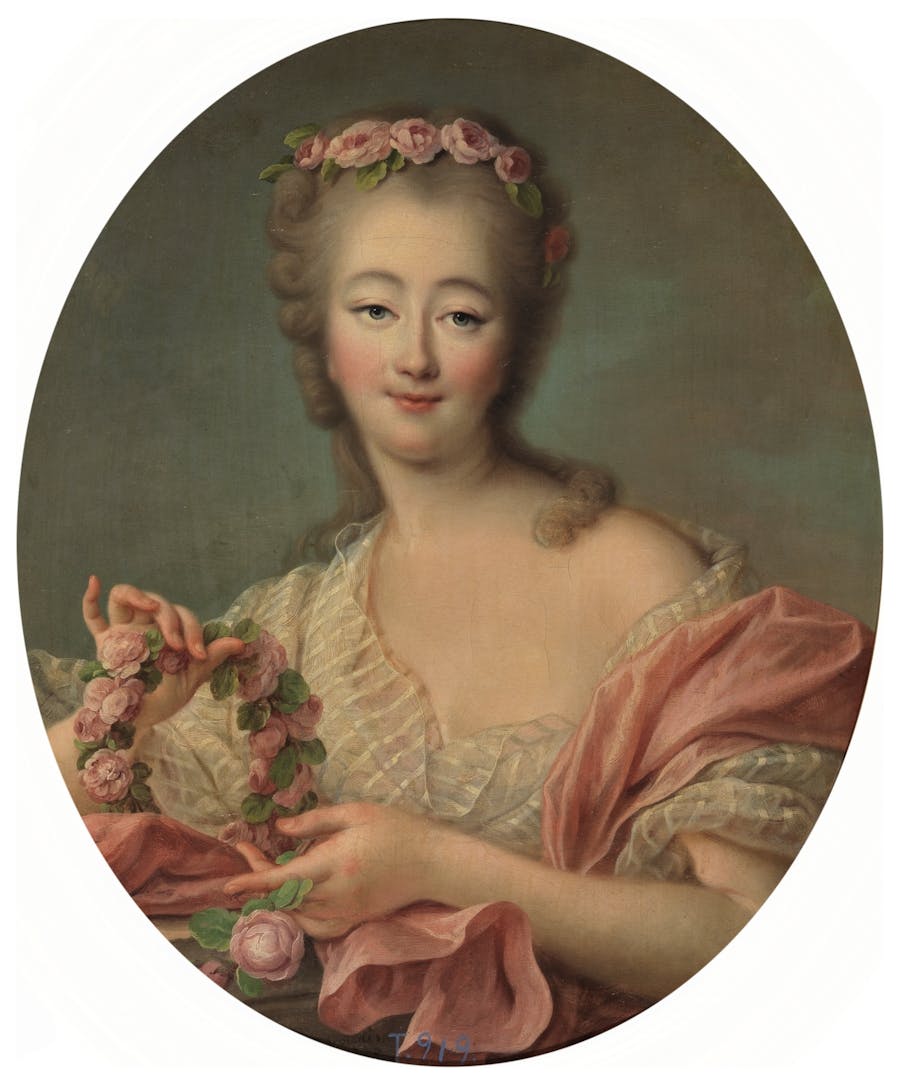
Royal Mistress Madame du Barry 5 Facts to Know Barnebys Magazine
1. She Had An Outrageous Start Fittingly, Madame du Barry was born into scandal. Born Jeanne Bécu, she was the illegitimate daughter of provincial French seamstress Anne Bécu and a mystery gentleman. Although her father's identity is still unconfirmed, he may have been the naughty friar Jean Jacques Gomard.

Madame du Barry Saint Louis Art Museum
The tale of King Louis XV's last mistress, Madame du Barry, is a tragic one that is only now being given suitable attention through the recent opening of her newly renovated apartments at the Château de Versailles as well as a Netflix film currently filming on location.. Born 19 August 1743 in Vaucouleurs some 300km east of Paris, Jeanne Bécu was the illegitimate daughter of a seamstress.
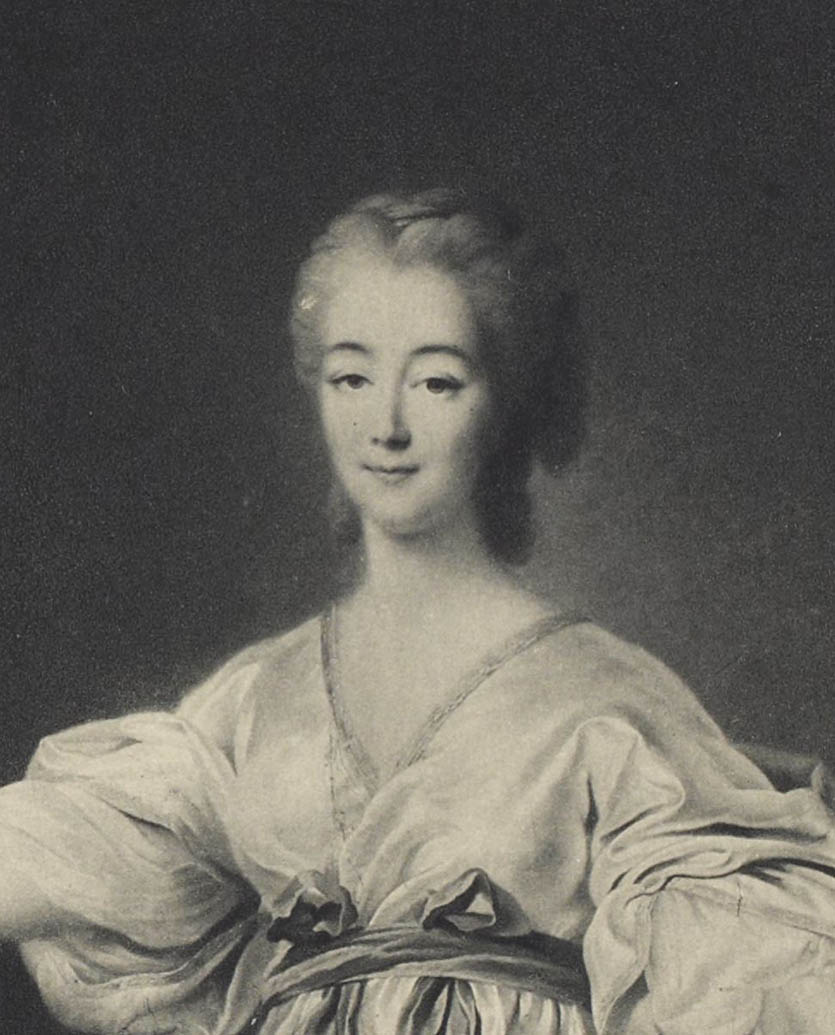
Madame du Barry, Jeanne Bécu Personajes Parcours Révolution
Jeanne Bécu, Comtesse du Barry (19 August 1743 - 8 December 1793) was the last maîtresse-en-titre of King Louis XV of France. She was executed by guillotine during the French Revolution on accusations of treason—particularly being suspected of assisting émigrés to flee from the Revolution.
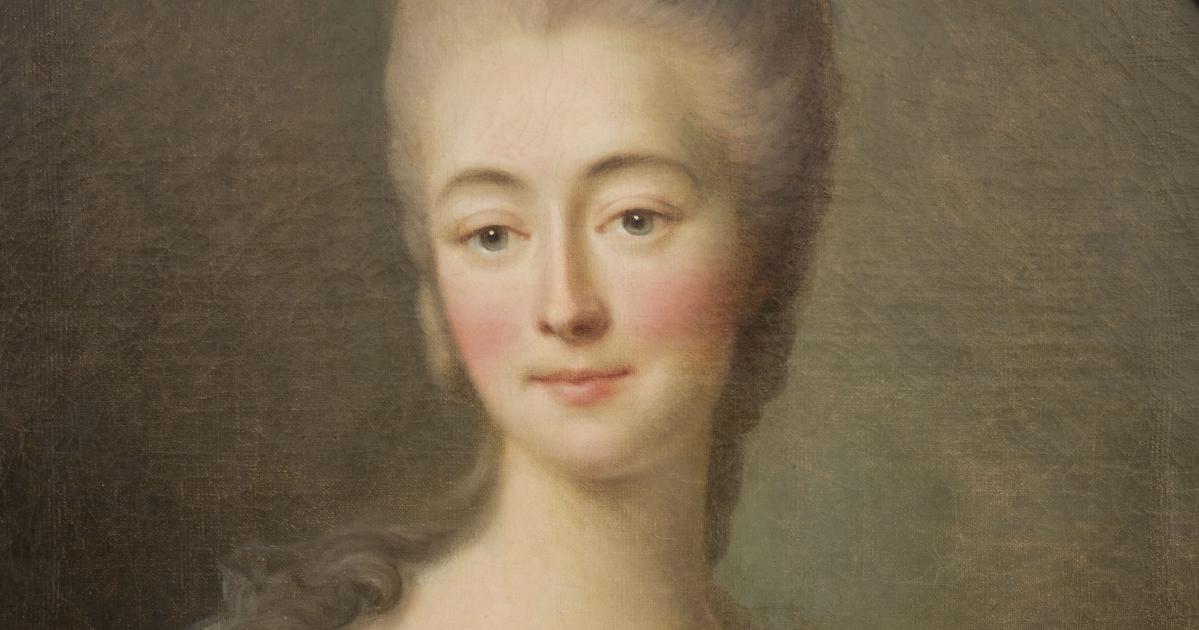
Madame du Barry Palace of Versailles
Madame du Barry, or Jeanne Becu (19 August 1743 - 8 December 1793), was the last chief mistress (or maitresse-en-titre) of Louis XV of France. At the high point of her career she was one of the most influential women in France.

Madame Du Barry. Madame Du Barry, French Royalty, European Royalty
She was the illegitimate daughter of a seamstress Anne Bécu and the Franciscan Jean Baptiste Casimir Gomard de Vaubernier. Under the name of Mademoiselle Lange, she worked in the establishment of Madame Gourdan.. (Château de Madame du Barry) at Versailles back. Comtesse du Barry 1770. After the outbreak of the French Revolution.
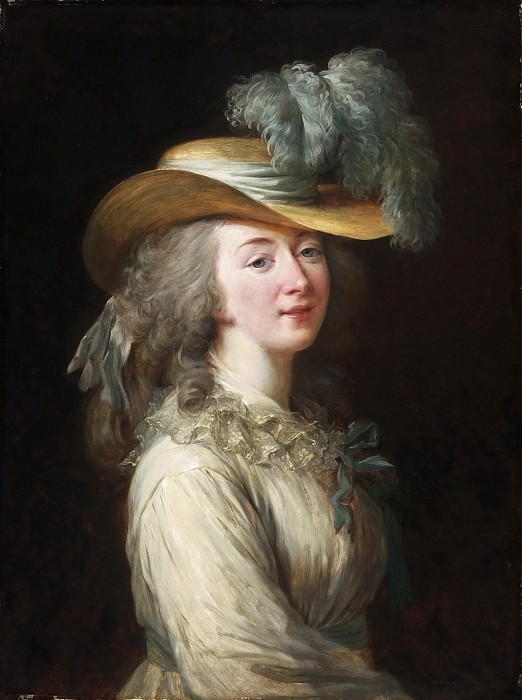
Portrait of Madame Du Barry — Élisabeth Louise Vigée Le Brun
Description Plaster portrait bust of Jeanne Bécu, Comtesse du Barry (1755-93); head and shoulders, head turned slightly to right, drapery over bosom and narrow sash over right shoulder, circular socle; traces of buff and white coatings; mark on pillar. Producer name After: Augustin Pajou Production date 1864 (post) (post) Production place

Jeanne Bécu, comtesse du Barry Page 4
The life of Jeanne Bécu Du Barry (1743-1793) was a cautionary tale full of twists and turns. Popularly known as the last mistress of Louis XV of France (1710-1774), Madame du Barry rose from modest origins to become one of the most powerful women in France. But the glory didn't last long as she later fell victim to the brutality of the French Revolution. Let's go through various roles.
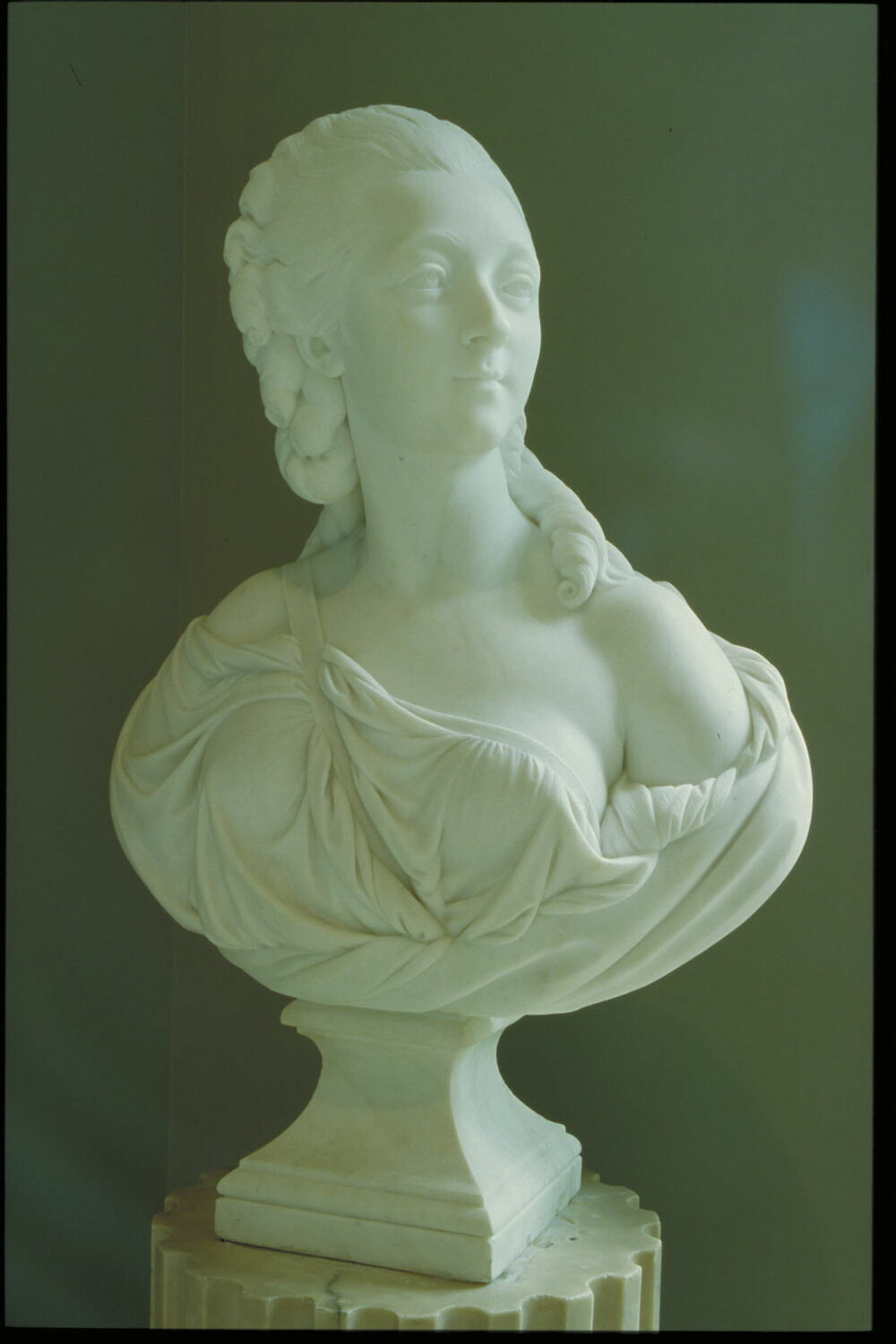
Madame Du Barry (née MarieJeanne Bécu) (17431793) Louvre Collections
Courtesan, mistress of King Louis XV of France. Mistress of Jean Du Barry, she attracted the King's attention and joined the court in 1769 after a nominal marriage to Guillaume Comte du Barry; after the death of Louis XV (1774) and the accession of Louis XVI, she was forced to leave the court. Condemned by the Tribunal Révolutionnaire as a.

“Du Barry Was a Lady” (1943) Marry for money, Lady, Barry
Jeanne Bécu, comtesse du Barry (19 August 1743 - 8 December 1793) was the last Maîtresse-en-titre of Louis XV of France and one of the victims of the Reign of Terror during the French Revolution. Early life Jeanne Bécu was born at Vaucouleurs, in the Meuse department in Lorraine, France.